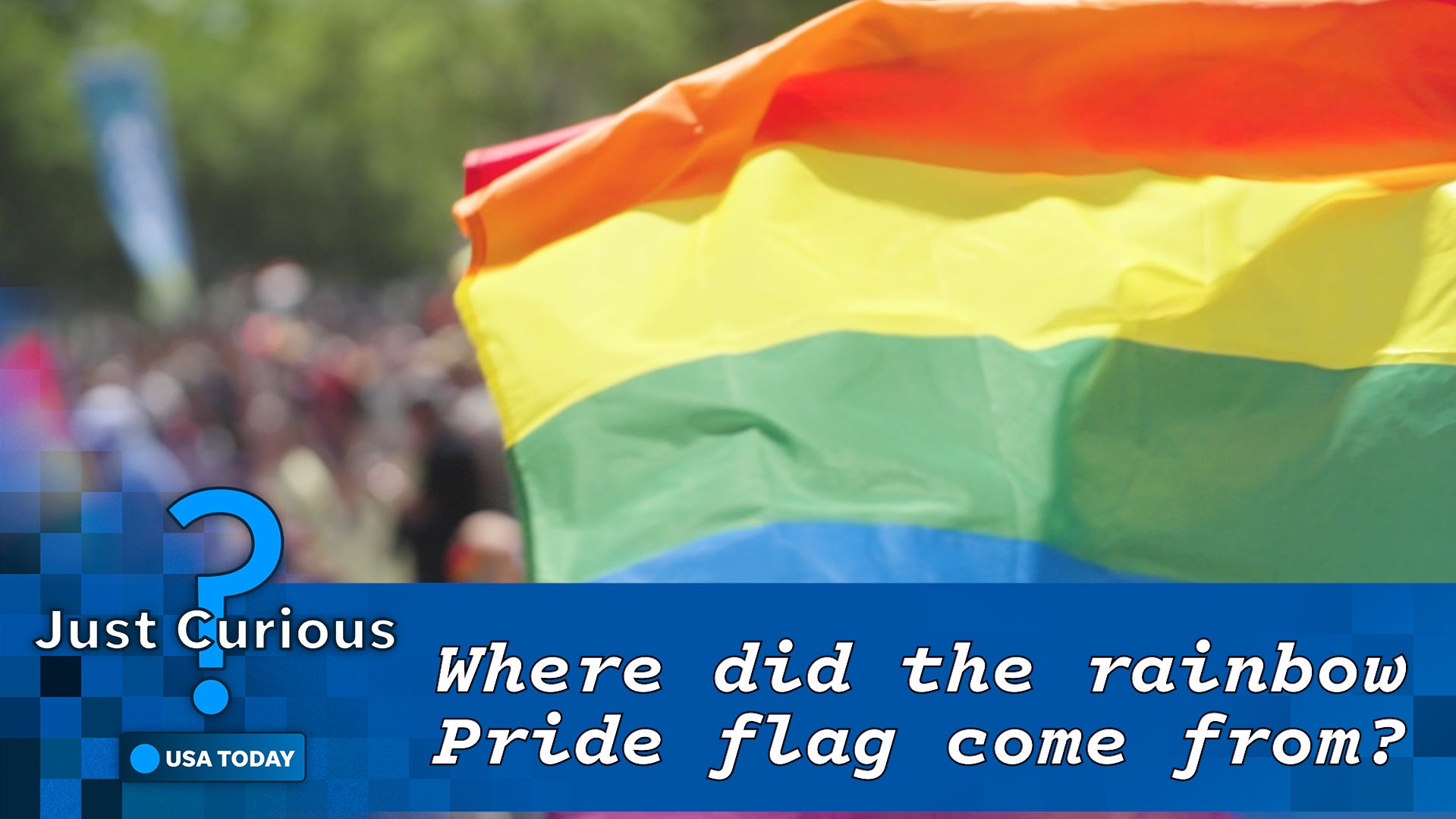What are the colors of the pansexual flag? Get to know the Pride flag's meaning, history

Have you heard of the term "pansexual" before?
Pansexuality refers to someone attracted to all people no matter their gender identity. The term has become an increasingly large part of our culture lexicon in recent years, and with prominence comes the propensity for misconceptions.
Here's a look at the pansexual flag and its history.
What do the colors of the pansexual flag mean?
The pansexual flag has three horizontal stripes, and each color has a different meaning:
- Hot pink: Represents attraction to women
- Yellow: Represents nonbinary attraction
- Blue: Represents attraction to men
History of the pansexual Pride flag
The pansexual pride flag was created around 2010 to "bring awareness to the community," according to the Human Rights Campaign. The flag was designed to help further distinguish pansexuality from bisexuality.
Is pansexuality different than bisexuality?
Pansexuality and bisexuality are not interchangeable words.
Bisexuality does broadly describe attraction to more than one gender, while pansexuality is attraction regardless of gender. However, the two terms occasionally overlap in nuanced ways and are entirely personal to the individual who identifies with them.
"Pan is more about all-inclusive, and bi tends to be more than one," GLAAD CEO Sarah Kate Ellis previously told Paste BN, adding, "The golden rule, honestly, is to call someone by how they identify."